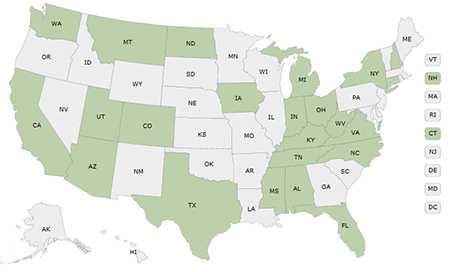The Community Assessment for Public Health Emergency Response (CASPER) is an epidemiologic technique designed to provide quickly and at low-cost household based information about a community. The Division of Environmental Hazards and Health Effects, Health Studies Branch (DEHHE/HSB) at the Centers for Disease Control and Prevention (CDC) has developed the CASPER toolkit to assist personnel from any local, state, regional, or federal office in conducting a rapid needs assessment to determine the health status, basic needs, or knowledge, attitudes, and practices of a community in a quick and low-cost manner. Gathering health and basic needs information using valid statistical methods allows public health and emergency managers to make informed decisions. The CASPER toolkit [PDF - 2.56 MB] provides guidelines on data collection tool development, methodology, sample selection, training, data collection, analysis, and report writing.
CASPER can be used in both a disaster and non-disaster setting. For example, CASPER methodology has been used to assess public health perceptions, estimate needs of a community, assist in planning for emergency response, and as part of the public health accreditation process. Regardless of the setting and objectives, once the decision to conduct the CASPER has been made, it should be initiated as soon as possible. See the Interactive Map for examples of CASPER uses throughout the United States since 2001.
- Page last reviewed: February 17, 2016
- Page last updated: June 14, 2016
- Content source:


 ShareCompartir
ShareCompartir
